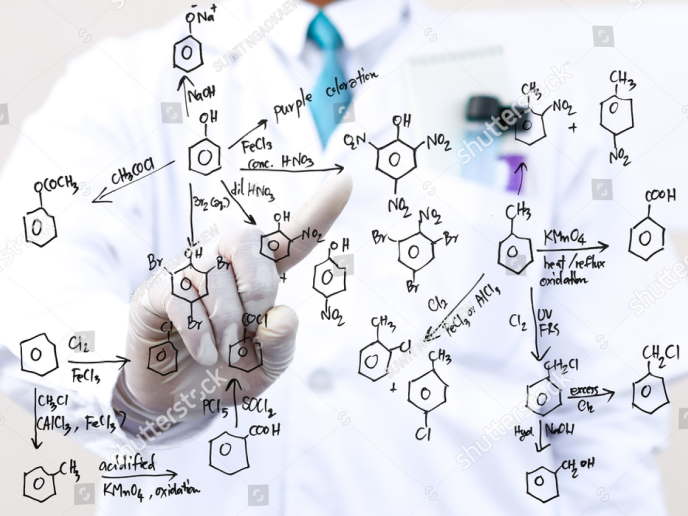Using metal-organic frameworks to help build more efficient energy applications
Metal-organic frameworks (MOFs) are porous materials defined by metal ions or inorganic clusters connected via rigid organic linkers. Thanks to their unprecedented surface areas, ability to be modified, and modular construction that allows for the replication of key features of natural enzymes, these materials have the potential to play an important role in energy storage and conversion. The challenge, however, is figuring out how to best exploit MOFs for use with sustainable energy applications – a challenge taken up by the EU-funded Supramol (Towards Artificial Enzymes: Bio-inspired Oxidations in Photoactive Metal-Organic Frameworks) project. “By leveraging light-harvesting constitutional units, we aim to develop robust, porous MOFs that use light-absorption as a means of triggering the electron-transfer events needed to activate the catalytic process,” says Wolfgang Schmitt, principal investigator of the project, and professor of Chemistry at Trinity College Dublin. According to Schmitt, the ultimate goal is to provide a proof of concept for the development of photocatalytic systems capable of catalysing the highly endergonic H2O oxidation reaction. “Doing so would be a major breakthrough and a significant step towards implementing sustainable, hydrogen-based energy concepts,” he adds.
Several important outcomes achieved
Although still a work in progress, this European Research Council supported project has already achieved several important outcomes. For instance, researchers were able to catalyse the oxidation of H2O by using a bio‐inspired, manganese-based species that resembles the structural features of the natural photosystem-II (PS-II). PS-II is found in the thylakoid membrane of plants, algae and cyanobacteria and is the first protein complex in the light-dependent reactions of oxygenic photosynthesis. “This approach could open the door to a new conceptional avenue for developing effective catalysts for direct ‘solar‐to-fuel’ energy conversion technologies,” explains Schmitt. The project also prepared highly porous MOFs in which catalytically active units are linked through light-harvesting, ruthenium-based metalloligands. “Remarkably, the system can be synthesised electrochemically from highly diluted reactant solutions and assembled directly within minutes on the surface of electrodes,” Schmitt says. Using photophysical studies, researchers confirmed that the light-harvesting attributes of the ruthenium-pyridyl metalloligands are maintained in the MOF. “This feature is key to facilitating the rapid energy and electron transfer needed to efficiently catalyse the water oxidation reaction or other energy-related transformations,” adds Schmitt. Other key outcomes include the discovery of a synthetic approach to spherical molecular cages with large cross-sectional diameters and the discovery of materials with high affinities for CO2 gas molecules.
Inspiring new collaborative research projects
The project has succeeded in developing synthetic processes for generating sets of structurally sound and highly functional materials. “Some of these materials are photoactive,” explains Schmitt. “Others have the ability to be synthesised within minutes to form, for example, electrodes directly on the surface.” Researchers are now using these compounds to develop photoelectrocatalytic devices that can be used with a variety of photo/electrocatalytic redox transformations, including water oxidation, CO2 reduction, and transforming organic reagents. “The materials developed during the Supramol project will inspire new collaborative research projects,” concludes Schmitt. “This could include not only investigations into new structure-reactivity relationships, but also bottom-up approaches to MOFs with enhanced physicochemical properties that extend beyond water oxidation catalysis.”
Keywords
Supramol, metal-organic frameworks, sustainable energy, metal, materials, energy storage, catalytic process, photocatalytic systems, hydrogen







